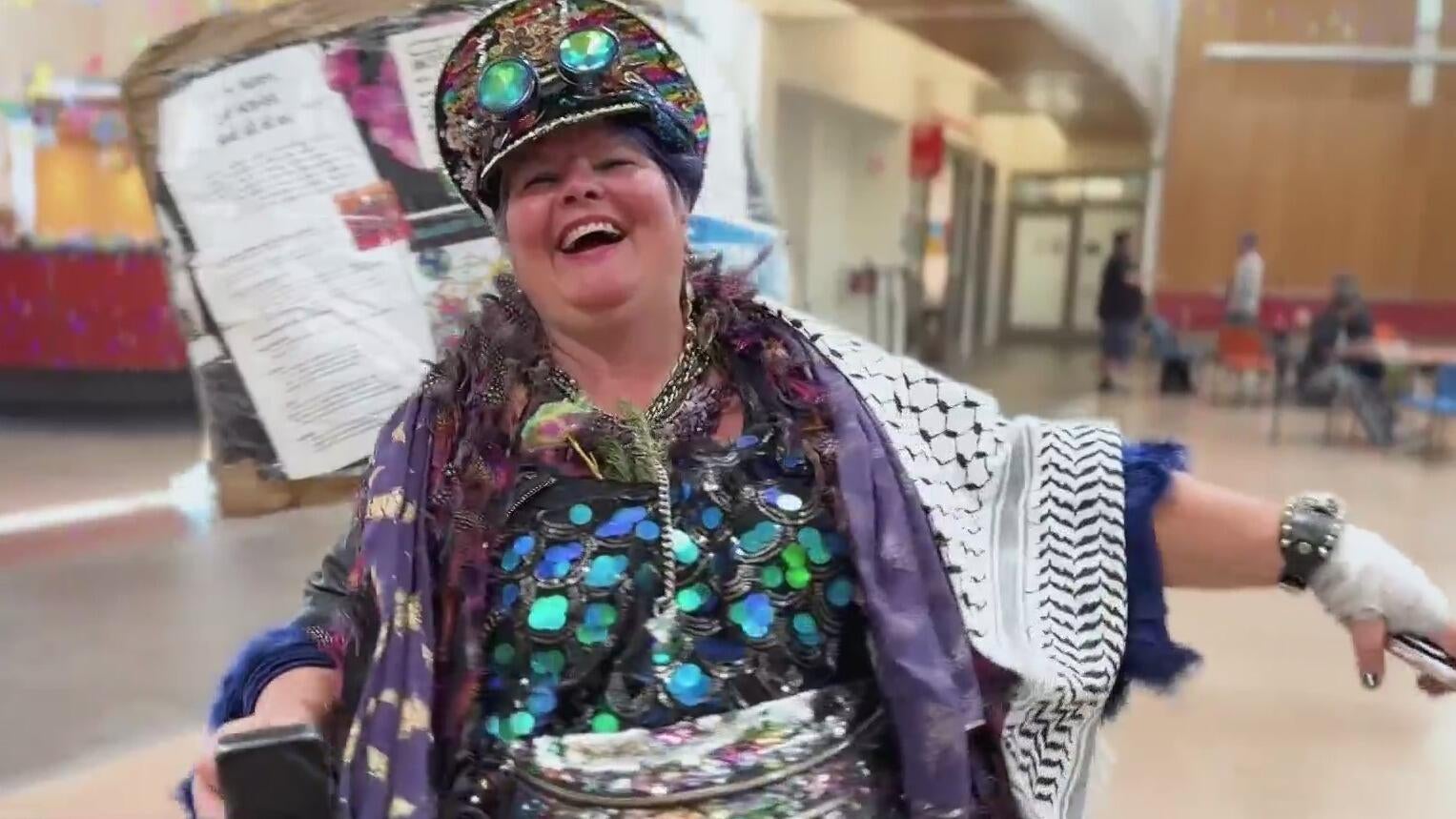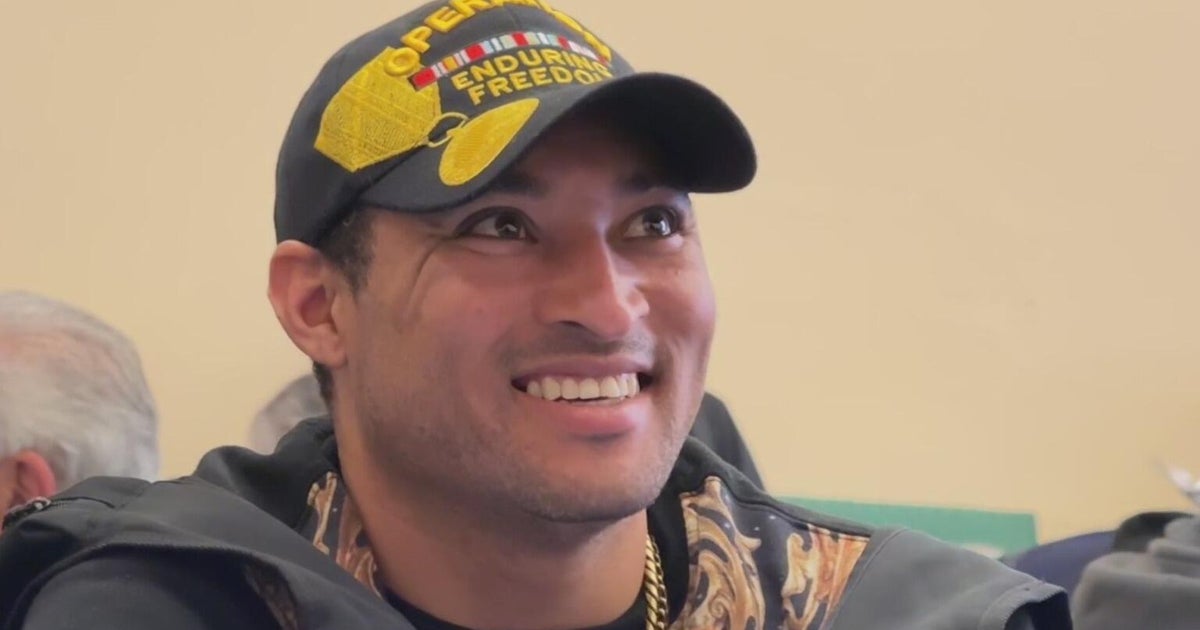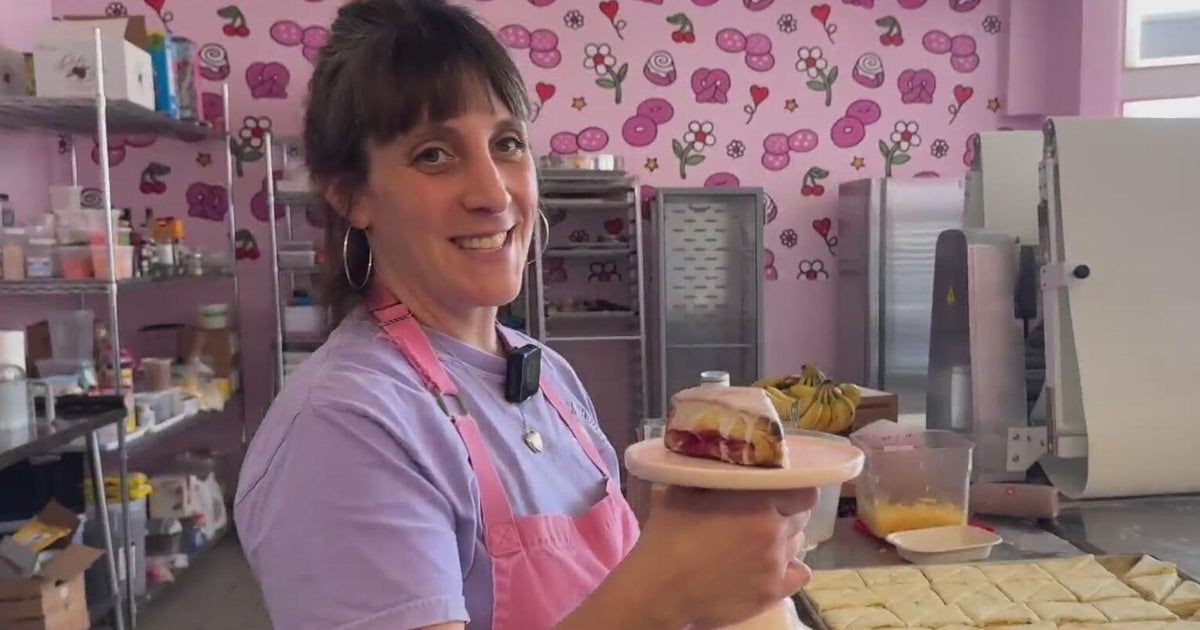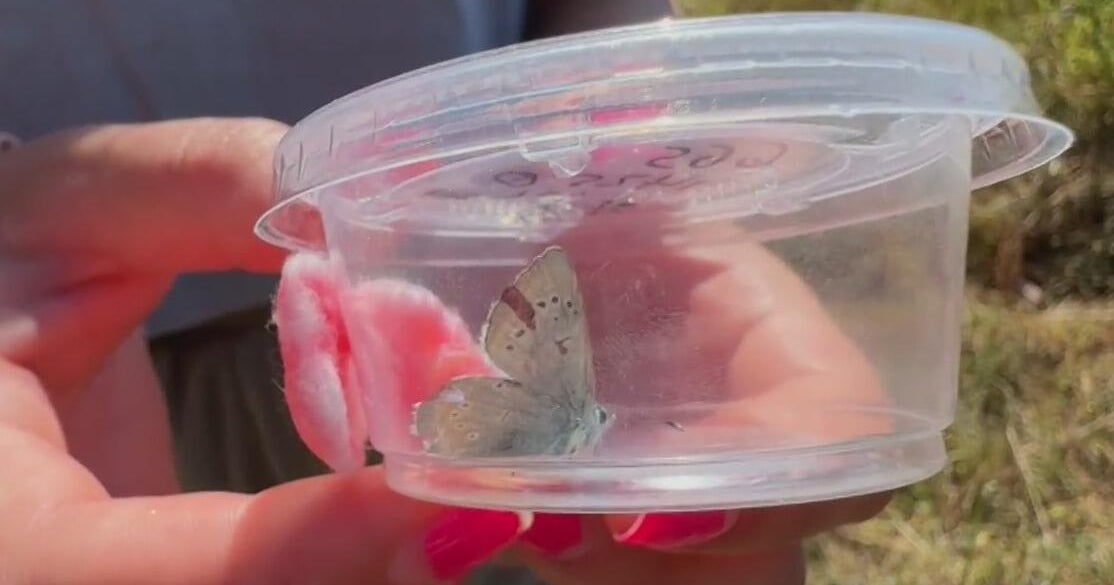Berkeley activist uses Disability Pride Month to promote disability quilt project
Every July, Pride Disability Month gives Maya Morya Selkie Scott another reason to celebrate and cover herself in sequins, color, and a lot of fabulous glam.
"I am a living, breathing, dancing, rainbow," said Scott.
But for Scott, who uses an electric wheelchair to get around town, her colorful outfits are part of her daily routine that serves a dual purpose in life.
"I am hyper visible whether I want to be or not, and I really chose to amplify joy, humor, curiosity, and creativity," she said. "But there is a strategy as well. I have almost been hit multiple times on the street, and part of the reason why I dress this way is so I can stay safe while in public."
Being visible herself and making sure people living with disabilities are also visible has become her life mission as an activist and artist in residence for the .
"Disabled people have been part of humanity since the beginning of time, and it hasn't been by accepting the lie of our invisibility, it has been by coming together, by doing civil disobedience, dancing in the streets, creating music and dance and art," said Scott.
Her most recent project involves creating a quilt she calls the "Disability Justice Community Stories Quilt Project," which allows people to create and design their own panels to voice their own stories.
"I was very impacted by being able to honor our ancestors in the AIDS Memorial Quilt," she said. "We hope the Disability Justice Quilt will carry the same power through a collective creation."
It is a quilt that has already woven its way across the country, including parades and protests in the Bay Area, and this past April in Washington D.C., giving a national voice to educate people and politicians about disability rights.
Many of those rights were established 35 years ago, when the Americans with Disabilities Act (ADA) was signed into law on July 26, 1990. The ADA prohibits discrimination based on disability in various areas, including employment, transportation, and public accommodations.
Even before the ADA became law, the CIL in Berkeley became a haven and home for people with disabilities more than 50 years ago. Dr. Victor Pineda, who now serves as executive director, says the quilt is more than a piece of art; it's an artifact with a purpose.
"I think when you interact with the quilt, you understand how our lives are woven together. You understand how we are stitching a better experience, how we can make our communities more resilient, and how we each have a role to play," said Pineda.
For the past year, people have come together each month to create and design panels for the growing quilt to tell stories about family, love and struggle, justice and victories. So far, 20 panels have been made.
"When people see the quilt, I want people to feel energy, emotion, rage, grief, and joy. And most deeply, I want people to feel love, connection, and hope," said Scott.
Hope that will change the fabric of how their community is seen, one stitch at a time.




